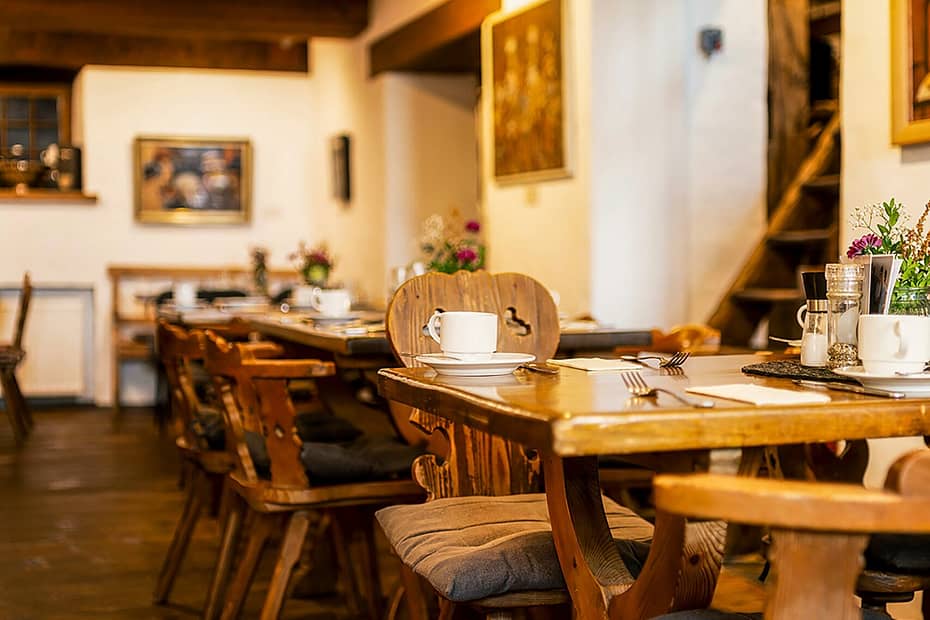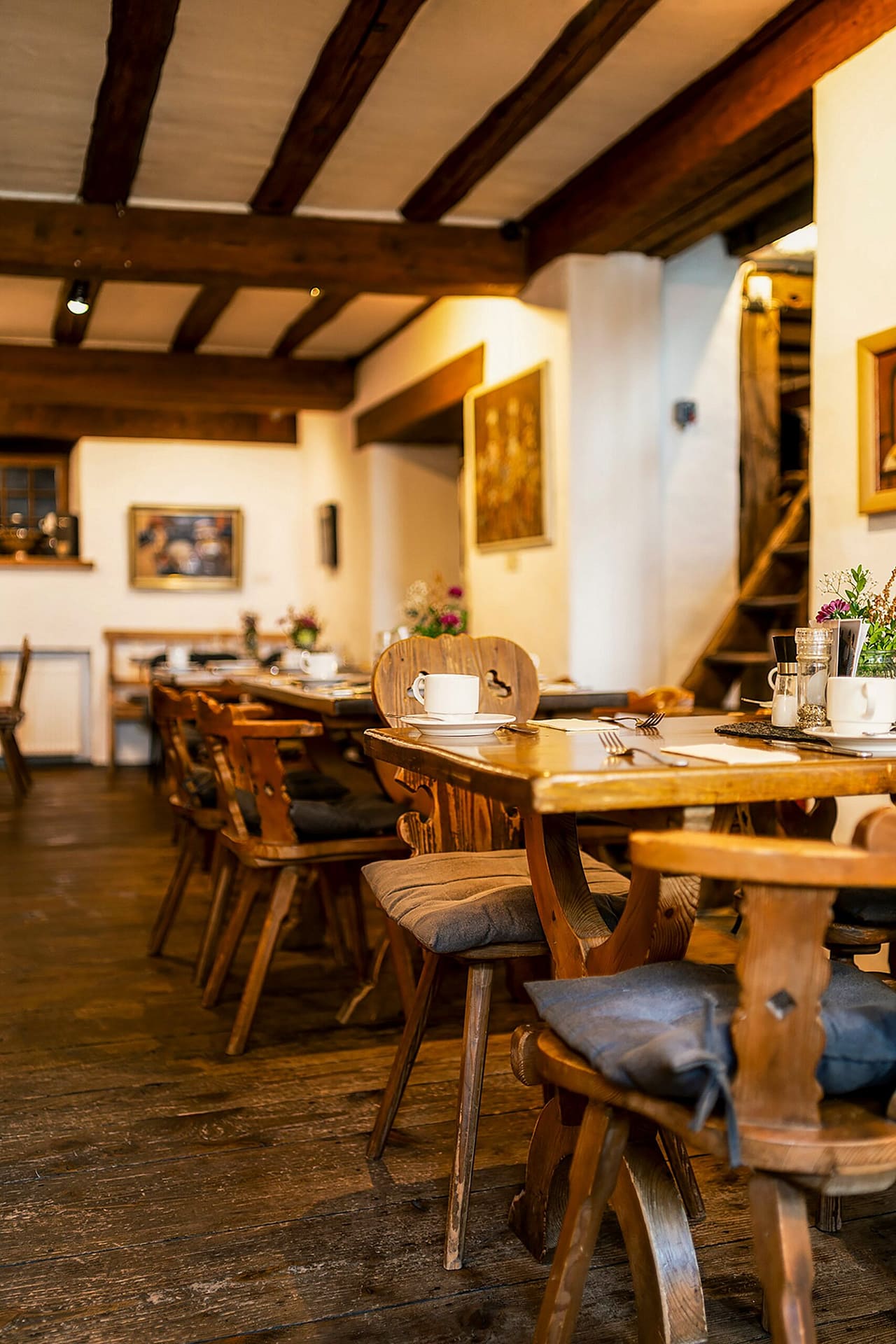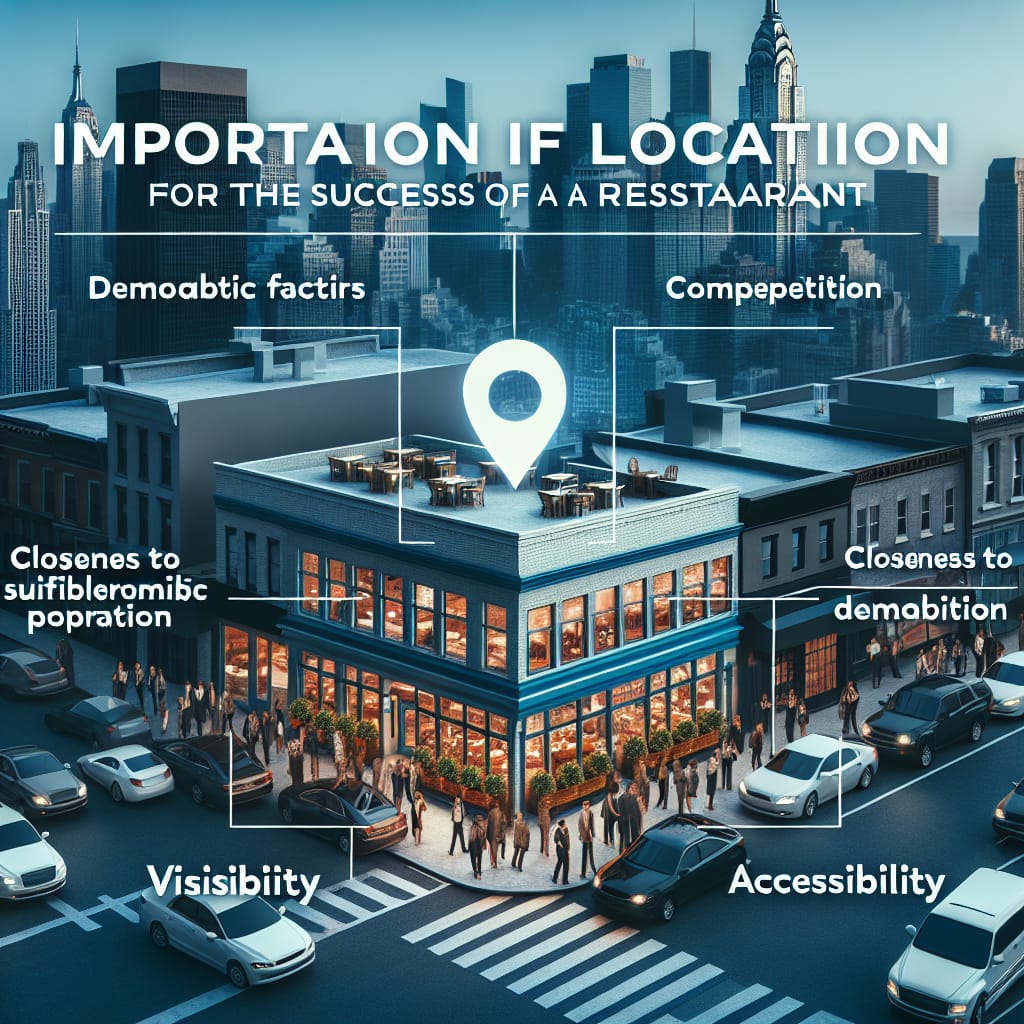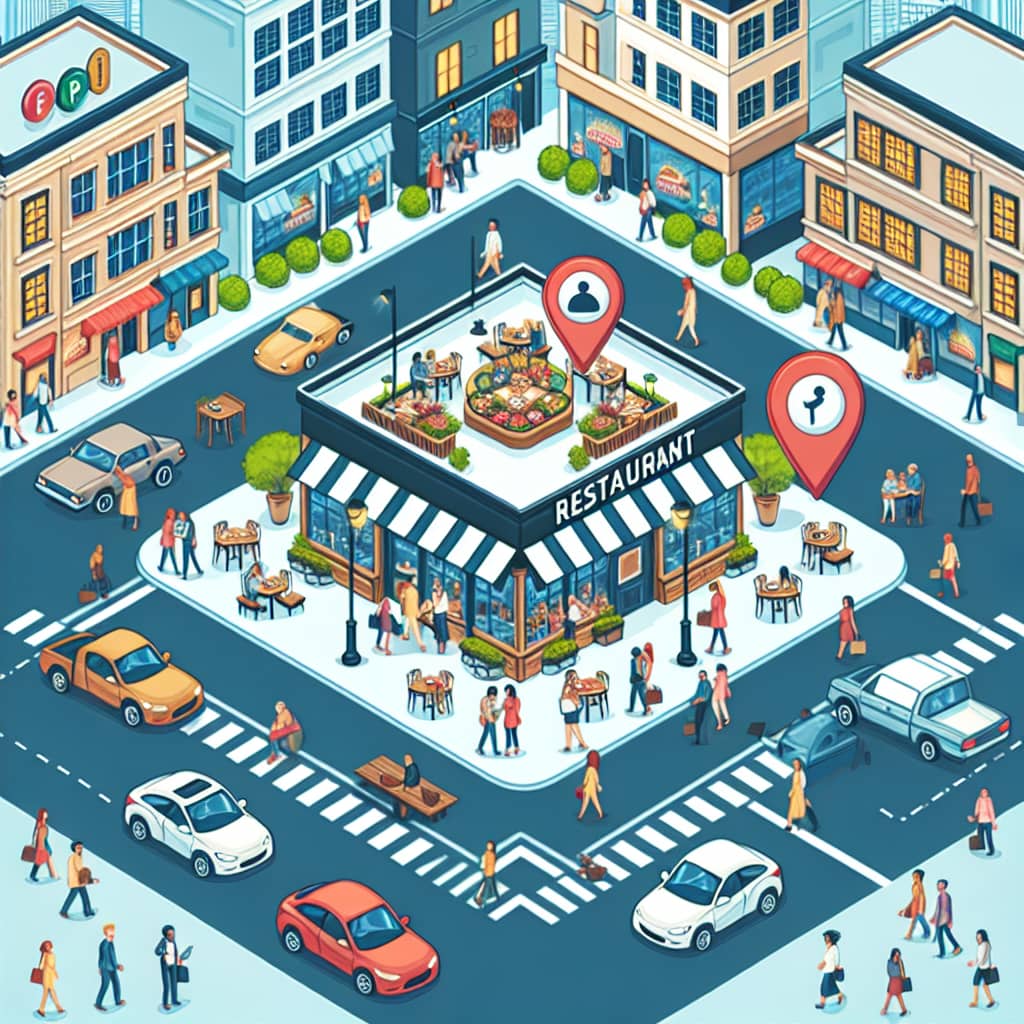Imagine this: you’re walking down a bustling street, stomach rumbling and mouth watering, in search of the perfect place to satisfy your hunger. You come across two restaurants side by side – one tucked away in a quiet corner, while the other boasts a prime spot right next to the busy main road. Which one do you choose? The answer seems obvious, doesn’t it? The key to a restaurant’s success often lies in its location, and in this article, we’ll explore why that is. From foot traffic and visibility to competition and target audience, we’ll uncover the hidden ingredients that make location crucial for a restaurant’s triumph. Get ready to discover the secret sauce that attracts hungry customers and propels restaurants towards greatness.
Visibility
Street Frontage
Having a prominent street frontage is one of the key factors that can greatly impact the success of a restaurant. A restaurant with good visibility from the main street or a high-traffic area is more likely to attract potential customers. A captivating exterior design, large windows, and attractive landscaping can draw attention and make people curious about what lies inside. When choosing a location, consider if the restaurant will stand out and catch the eye of passers-by.
Signage
In addition to street frontage, having clear and well-designed signage is essential for attracting customers. A well-placed and easily identifiable restaurant sign can help people locate your establishment from a distance. The signage should be visually appealing, contain the name of the restaurant, and ideally give a glimpse of the cuisine or ambiance. Be mindful of local regulations concerning size, placement, lighting, and other signage restrictions.
Foot Traffic
Foot traffic refers to the number of people walking by a particular area. A high foot traffic location can significantly contribute to a restaurant’s success as it provides a consistent flow of potential customers. Areas such as busy shopping districts, tourist attractions, or commercial centers are often frequented by people looking for places to eat. Positioning your restaurant in an area with a steady stream of foot traffic can increase visibility and exposure to potential customers.
Demographics
Target Audience
Identifying and understanding your target audience is crucial when selecting a location for your restaurant. Consider the demographic characteristics of the area you are considering. Are you targeting families, young professionals, students, or a specific ethnic group? Conduct market research to determine if the local population aligns with your target audience. For example, a trendy and upscale restaurant would fare better in a neighborhood with a high concentration of young professionals.
Population Density
Population density refers to the number of people residing within a given area. Higher population density generally means more potential customers for your restaurant. When evaluating locations, consider areas with a significant population or areas that experience an influx of people during lunch breaks or evenings, such as business districts or residential neighborhoods. Be cautious of oversaturation, as too many restaurants within a small radius can dilute the customer base.
Income Levels
The income levels of the local population are an important factor to consider when choosing a restaurant location. Higher-income neighborhoods typically have residents with more disposable income, allowing them to dine out more frequently and spend more money at restaurants. On the other hand, areas with lower-income levels may necessitate offering more affordable options. Assess the spending power of the local population and align your restaurant concept and pricing accordingly.
Competition
Proximity to Competitors
Analyzing the proximity to competitors is crucial to ensure your restaurant can thrive in a particular location. While being close to competitors might sound intimidating, it can also signal a healthy market for your cuisine. Proximity to competitors allows for potential customers to compare options and can create dining clusters, attracting more customers to the area. However, be cautious of too much saturation in a small area, as it can lead to intense competition and lower market share for each restaurant.
Market Saturation
Assessing the degree of market saturation in a specific area is essential to determine if there is room for your restaurant. Highly saturated markets with numerous restaurants offering similar cuisines can be challenging to break into unless your concept offers unique differentiators. Consider areas where there is demand for your cuisine but relatively fewer options to provide a competitive advantage and capture a larger market share.
Differentiation
Differentiating your restaurant from competitors is crucial for success. Identify what sets your restaurant apart and leverage it when selecting a location. This can be based on cuisine, ambiance, service style, or any other unique factor that distinguishes you from nearby establishments. Choose a location that aligns with your restaurant’s differentiators to stand out and attract customers. For example, a farm-to-table restaurant may thrive in an area known for supporting sustainable and local businesses.
Accessibility
Transportation
Good accessibility plays a significant role in attracting customers to your restaurant. Evaluate the transportation options available to potential customers, such as nearby bus stops, subway stations, or major roadways. A restaurant located near public transportation can attract customers who rely on these modes of travel. Additionally, consider areas with easy access for delivery services to ensure smooth operations.
Parking
Providing convenient parking options is vital for restaurants, especially in areas with limited street parking or where public transportation may not be the primary mode of transportation. If your target audience includes individuals who typically arrive by car, consider a location with ample parking facilities or nearby parking garages. Adequate parking availability can influence customers’ decision to dine at your restaurant, making it a convenient and hassle-free experience.
Public Facilities
Proximity to public facilities such as parks, schools, or community centers can contribute to higher visibility and foot traffic for your restaurant. Parks can attract families, schools may provide lunchtime opportunities, and community centers can host events that require catering services. Assess the local area for such facilities and their potential impact on your business.
Local Economy
Tourism
If located in a tourist destination, a restaurant can benefit from a steady flow of visitors. Tourists often seek out local dining experiences, which can provide a distinct advantage for restaurants in these areas. Consider the popularity and seasonality of tourism in the location you are considering. Ensure that your restaurant aligns with the preferences of tourists, offering cuisine and services that appeal to their tastes and desires.
Business Activity
Areas with a thriving business community can provide a steady customer base, particularly during lunchtime or after-work hours. Office buildings, corporate parks, and business districts attract professionals seeking convenient and high-quality dining options. Analyze the presence of businesses in the area and the potential demand they may generate for your restaurant.
Development Projects
Monitoring ongoing and planned development projects in an area can help identify potential opportunities for a restaurant’s success. New developments such as residential complexes, shopping centers, or entertainment venues can bring an influx of people to a location and create a demand for new dining options. As such projects often attract new residents or visitors, positioning your restaurant as an early establishment can establish brand loyalty and capture a portion of the growing market.
Market Demand
Demand for Cuisine
Understanding the demand for a particular cuisine in the market is vital for selecting a location that can meet customers’ preferences. Analyze the local area for existing restaurants offering the cuisine you plan to serve and assess their popularity. If there is a strong demand for the cuisine and limited competition, it may indicate an opportunity to satisfy the unmet needs of customers in that area.
Market Trends
Keeping up with market trends is essential for long-term success. Evaluate the local food scene and identify emerging or popular food trends. Incorporating these trends into your restaurant’s concept can help ensure relevance and attract customers. A location that aligns with the target audience and the market’s current preferences can boost your restaurant’s success.
Customer Preferences
Understanding the preferences of potential customers is crucial. Consider factors such as dietary restrictions, cultural preferences, and lifestyle choices when selecting a location. A location that aligns with your target customers’ preferences can increase the likelihood of attracting and retaining a loyal customer base.
Cost Considerations
Rental or Lease
Rental or lease costs are a significant consideration when choosing a restaurant location. Evaluate the rent or lease prices in the areas you are considering, ensuring they align with your budget and financial projections. Balancing the cost of rent with the potential profitability of the location is essential to maintaining a healthy bottom line.
Overhead Expenses
In addition to rent or lease costs, consider other overhead expenses such as utilities, insurance, and maintenance. Different locations may have varying costs associated with these expenses. Factor these overhead expenses into your financial calculations to ensure the chosen location will allow for sustainable profitability.
Utilities and Services
When evaluating potential locations, research the availability and costs of utilities and services, such as water, electricity, gas, waste disposal, and internet providers. These essential services can significantly impact your restaurant’s operational costs and efficiency.
Zoning and Regulations
Zoning Restrictions
Municipalities often enforce zoning regulations that dictate where restaurants can operate. Ensure that the location you are considering is zoned for restaurant use. Additionally, be aware of any specific regulations or restrictions related to signage, outdoor seating, liquor licenses, or operating hours that may impact your restaurant’s operations.
Licenses and Permits
Operating a restaurant requires various licenses and permits from local authorities. Research the specific licenses and permits required in the location you are considering and the associated costs. Consider the time and effort required to obtain these licenses and ensure compliance with health, safety, and food handling regulations.
Health and Safety Requirements
The health and safety of your customers should always be a top priority. Familiarize yourself with local health and safety regulations to ensure compliance. Be prepared to invest in necessary equipment, training, and inspections to meet these requirements. Locations that are already equipped with the appropriate infrastructure for health and safety can simplify the process for starting and operating your restaurant.
Infrastructure
Technology Availability
In today’s digital age, having access to technology is essential for efficient restaurant operations. Assess the availability of high-speed internet services in the locations you are considering. Consider the technological infrastructure necessary to facilitate online ordering, reservation systems, and POS systems. Reliable and uninterrupted access to technology can streamline processes and enhance the overall dining experience for your customers.
Internet Connectivity
Reliable and fast internet connectivity is crucial for various aspects of restaurant operations, including online reservations, online ordering, credit card processing, and communication. Ensure that the location you choose has access to stable and high-speed internet service providers to avoid disruptions in service and communication.
Kitchen Facilities
The quality and functionality of the kitchen facilities are vital for a restaurant’s success. Assess the existing kitchen infrastructure in potential locations, considering factors such as layout, equipment condition, storage space, and compliance with health and safety regulations. Suitable kitchen facilities can significantly impact your restaurant’s efficiency, productivity, and ability to deliver high-quality food and service.
Future Growth
Development Plans
Understanding the future development plans of a particular area can help determine its potential for sustained growth. Research any upcoming infrastructure projects, renovations, or changes in the surrounding area that may affect the demand for your restaurant. Staying ahead of these developments can position your restaurant for long-term success.
Demographic Changes
Demographic changes in an area can impact the success of a restaurant. Analyze population growth patterns, changes in income levels, and shifts in the target audience in the locations you are considering. Adapting your restaurant’s concept and offerings to match evolving demographics can help maintain a steady customer base and attract new customers.
Market Expansion
Consider whether the chosen location offers opportunities for market expansion in the future. Assess the potential for opening additional branches, offering catering services, or expanding into adjacent neighborhoods. A location with growth potential can provide a solid foundation for long-term success and profitability.





